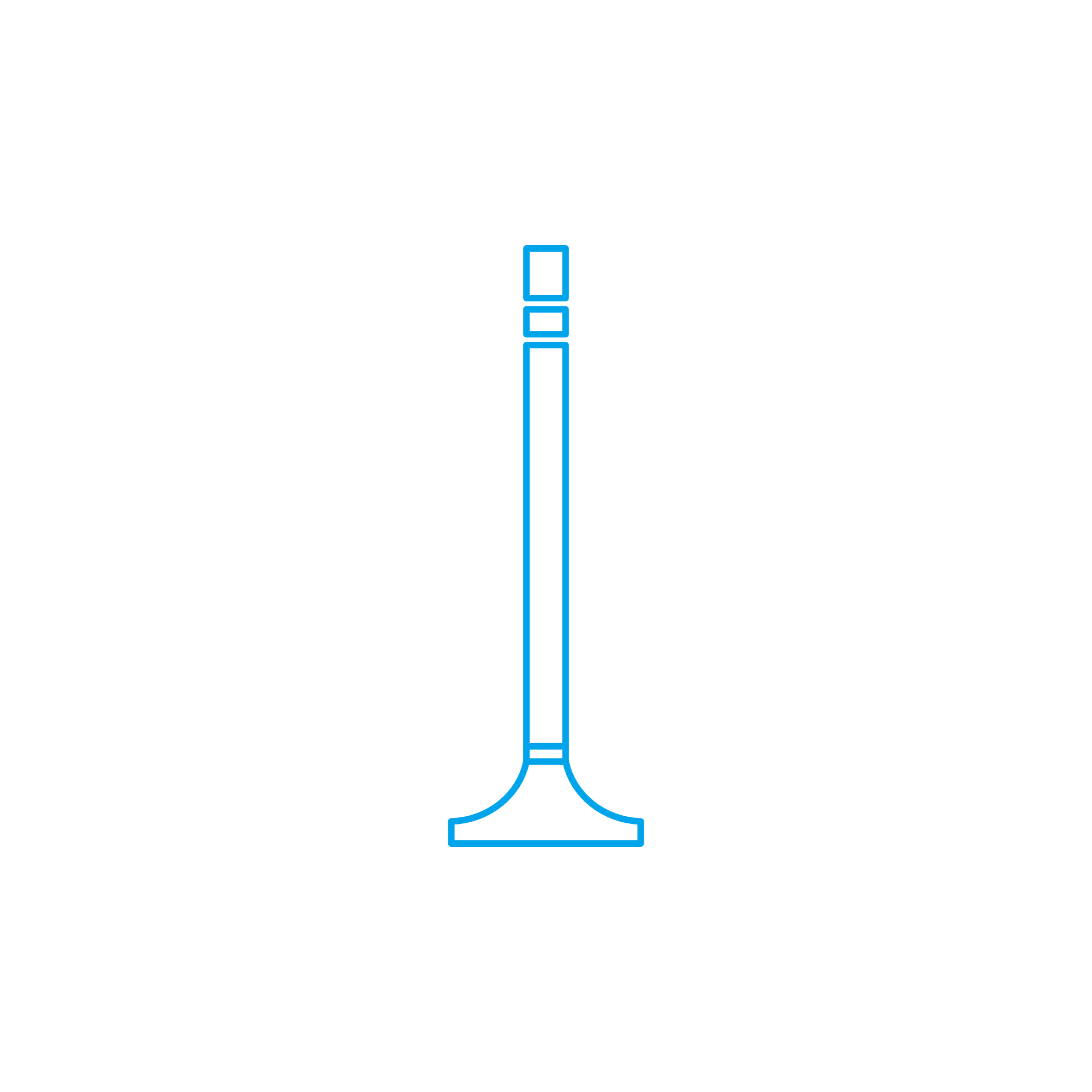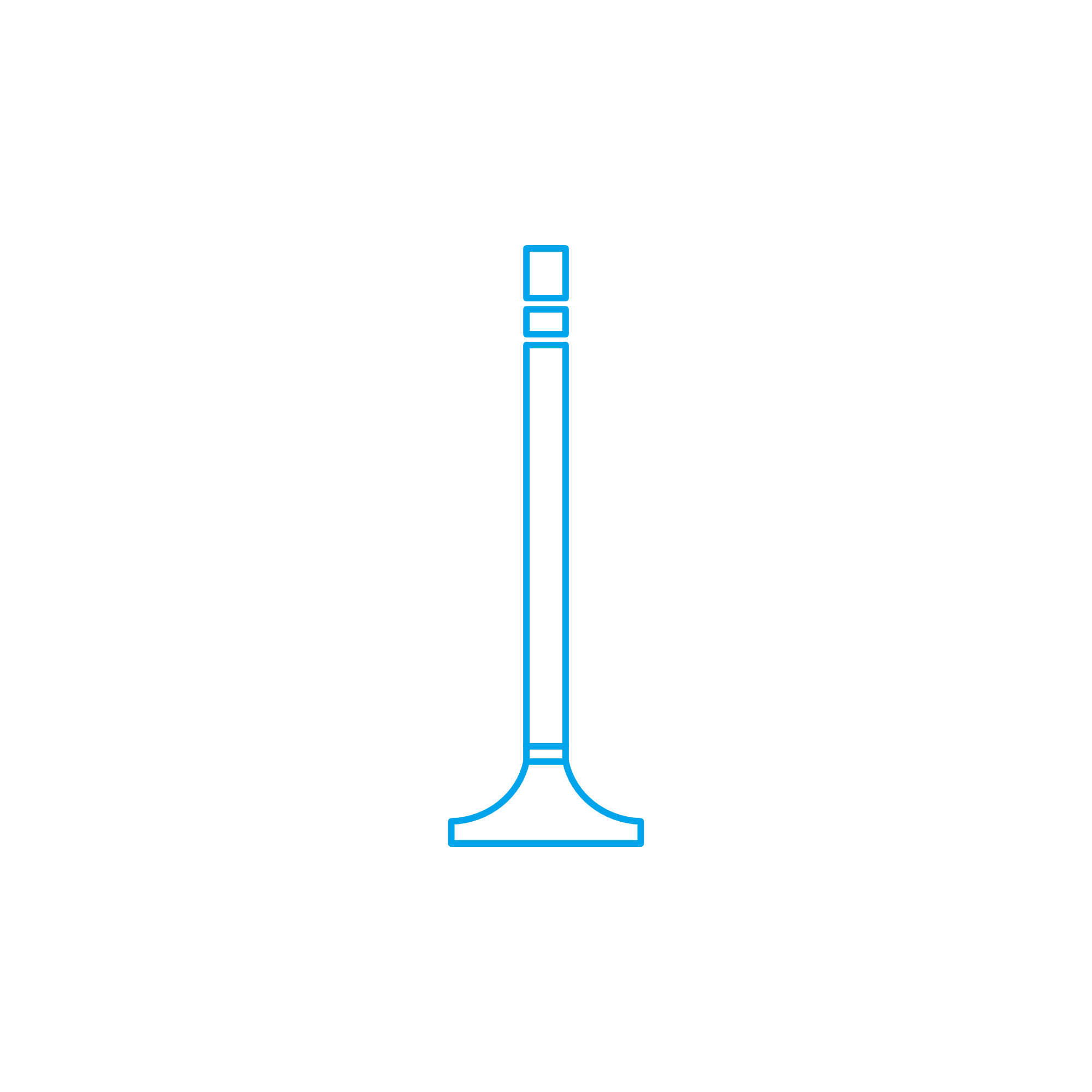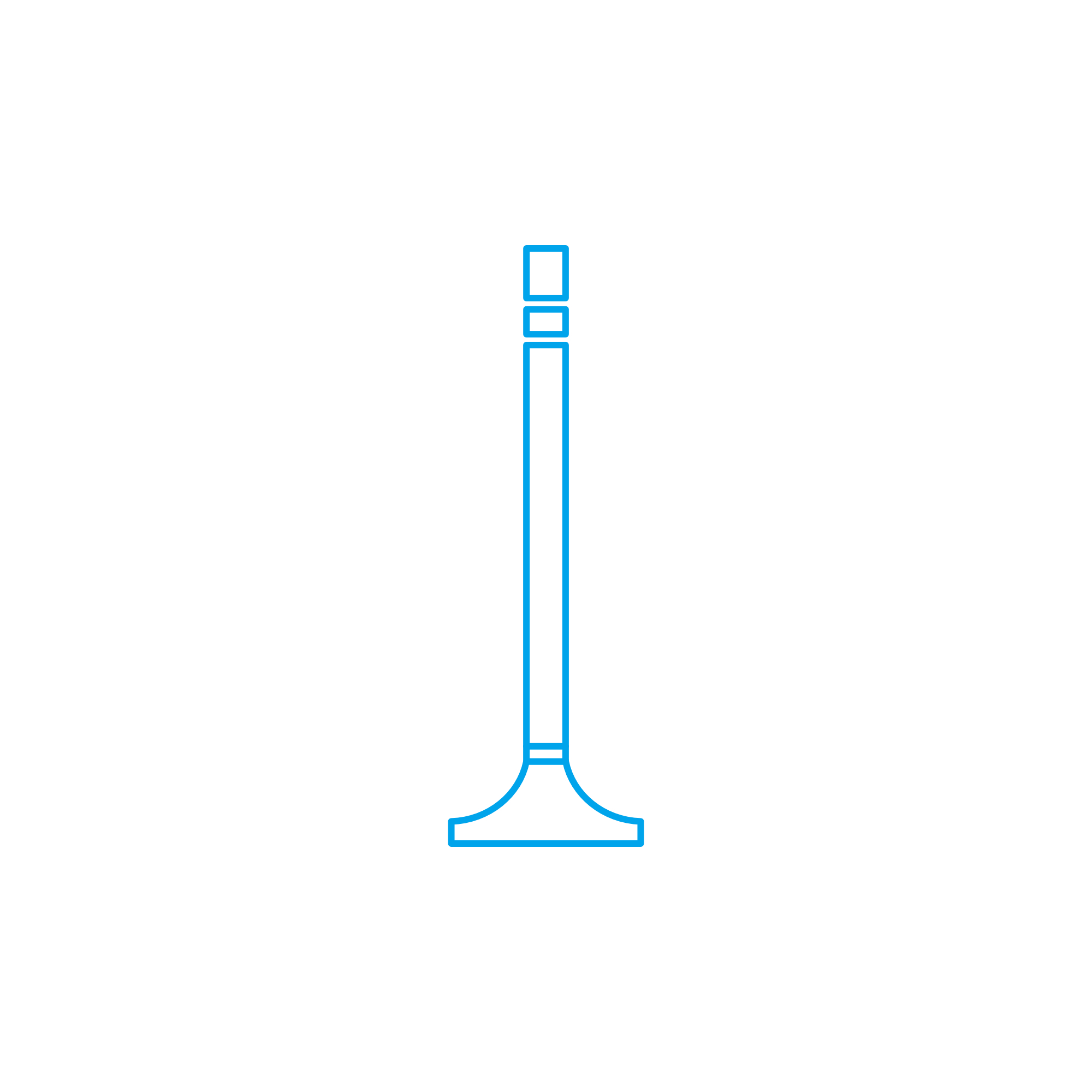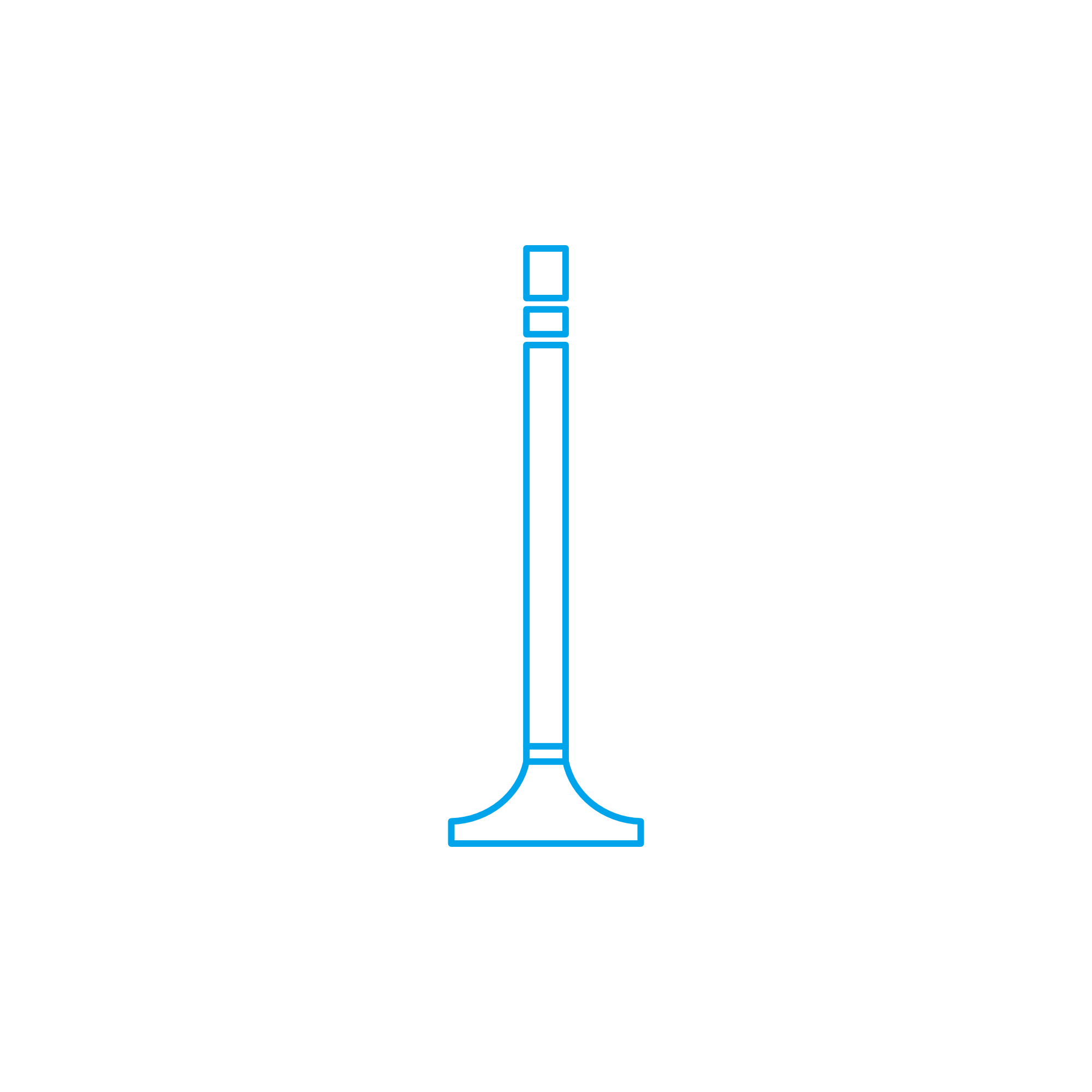VALVE valves for diesel and marine engines
Valves are precision-engineered components that control the flow of gases into and out of an engine’s combustion chamber. In every diesel engine, gas engine, or marine engine, they are central to compression, combustion, emissions, and power delivery. As load-carrying, high-temperature parts, valves must seal perfectly, open at the precise moment, and withstand extreme thermal and mechanical stress. This makes them one of the most critical elements in engine architecture and a decisive factor in uptime and lifecycle cost.
Whether intake or exhaust, each valve is part of a matched assembly that includes guides, seats, springs, retainers, and collets. Together, these parts govern breathing efficiency, protect the cylinder from hot gas leakage, and enable consistent performance across the full operating range—from maneuvering speeds on a vessel to baseload operation in a power plant.
How VALVE components work in a diesel engine and marine engine
In a four-stroke diesel engine, the camshaft profile defines when and how far each valve opens. The cam acts on followers and rocker arms (or directly on tappets), compressing the spring and lifting the valve from its seat to admit fresh charge (intake) or evacuate combustion products (exhaust). When the cam lobe passes, the spring snaps the valve shut so the hardened face seals against the seat ring, maintaining compression. In large-bore marine engine applications, valve faces may be Stellite-hardened; stems can be nitrided; and exhaust valves often employ sodium-filled stems to improve heat transfer. Guides center the stem, while stem seals meter lubrication and limit oil ingress into the combustion chamber.
The geometry of the head, seat angle, margin, and tulip shape defines flow characteristics. Correct lift, duration, and overlap optimize volumetric efficiency and scavenging. A precisely sealed VALVE prevents blow-by, stabilizes cylinder pressure, and protects the turbocharger and aftertreatment from thermal overload. Specifying VALVE OEM parts ensures the correct metallurgy, dimensional tolerance, and coating system designed for the engine family, safeguarding performance over long service intervals.
- · Precise sealing maintains compression and peak firing pressure.
- · Optimized flow supports power density and fuel efficiency.
- · High-temperature alloys resist hot corrosion and thermal fatigue.
- · Hardened faces and seats reduce wear and recession.
- · Correct stem-to-guide clearance minimizes oil consumption.
- · Spring rates prevent valve float at high RPM and load changes.
- · Configurations for diesel engine and gas engine duty cycles.
- · Engineered compatibility with cam profiles and rocker geometry.
Why VALVE condition matters for engine reliability and service life
VALVE health directly determines engine reliability. Wear modes such as face pitting, seat recession, margin loss, stem galling, guide ovality, and deposits on the stem can lead to poor sealing and low compression. Exhaust valves are especially exposed to high temperatures and hot corrosion; unchecked, they can burn or “tulip,” reducing airflow and elevating exhaust temperatures. At the extreme, a stuck or dropped valve can cause piston contact and catastrophic damage, forcing unscheduled dry-docking or blackouts in power generation.
Early indicators include hard starting, unstable idle, reduced output, higher fuel consumption, and increased NOx or smoke. Thermal imbalance between cylinders may drive turbocharger overspeed or aftertreatment stress. Regular checks of lash, spring free length, guide clearance, and seat condition—supported by borescope inspections and exhaust temperature trending—help maintain the VALVE system within specification and extend the engine’s time between overhauls.
Maintenance focus for VALVE assemblies
Follow the engine maker’s inspection intervals for lash adjustment, verify spring integrity, and renew collets and retainers as required. Replace guides and seats when clearance and recession reach limits. Clean carbon from stems and ports to avoid sticking, and use calibrated tools to confirm seat contact patterns after lapping or replacement. These practices stabilize combustion, protect liners and pistons, and keep marine engine propulsion or genset operation dependable.
Advantages of OEM spare parts suitable for VALVE assemblies
Selecting OEM spare parts for the VALVE train locks in the material specification, heat treatment, and dimensional accuracy that the engine was designed around. This includes the correct face hardness, stem finish, seat angle pairing, and spring rate—factors that collectively secure combustion efficiency and durability. The result is predictable performance, consistent cylinder pressure, and longer service life under continuous-duty regimes typical of fleet and plant operations.
For procurement and budgeting, OEM spare parts help contain lifecycle costs by reducing premature wear, minimizing unplanned downtime, and aligning replacement intervals with planned maintenance windows. They arrive with precise identification, enabling traceable logistics and simplified stock planning across multiple engine models. For safety, the proven fit of VALVE OEM parts maintains critical clearances and prevents failure modes linked to dimensional mismatch.
MOPA: fast, secure supply of VALVE OEM parts for diesel and gas engines
MOPA is an experienced and reliable partner for OEM spare parts suitable for valves. We source and deliver VALVE OEM parts for diesel engine and gas engine applications with speed, quality, and security. Our team matches components to engine type, serial number, and technical file, ensuring the right intake and exhaust valves, guides, seats, springs, and accessories are on hand when your maintenance window opens.
With an established supplier network and robust logistics, MOPA supports urgent AOG/ship-stop scenarios, consolidates multi-line orders, and provides thorough documentation and traceability. Rigorous quality checks and secure procurement workflows protect your engines from non-conforming components, while optimized shipping routes and packaging reduce lead time and transit risk for marine engine operations worldwide.
Conclusion: VALVE performance and OEM spare parts for valves
Valves are pivotal to compression, combustion control, and safe exhaust flow—making them essential for engine power, efficiency, and reliability. Using OEM spare parts suitable for VALVE assemblies preserves the engineered fit and materials that deliver long service life and stable operating costs. For fast, dependable supply, MOPA connects you with the right VALVE OEM parts for diesel and gas engines—on time and with proven quality.





